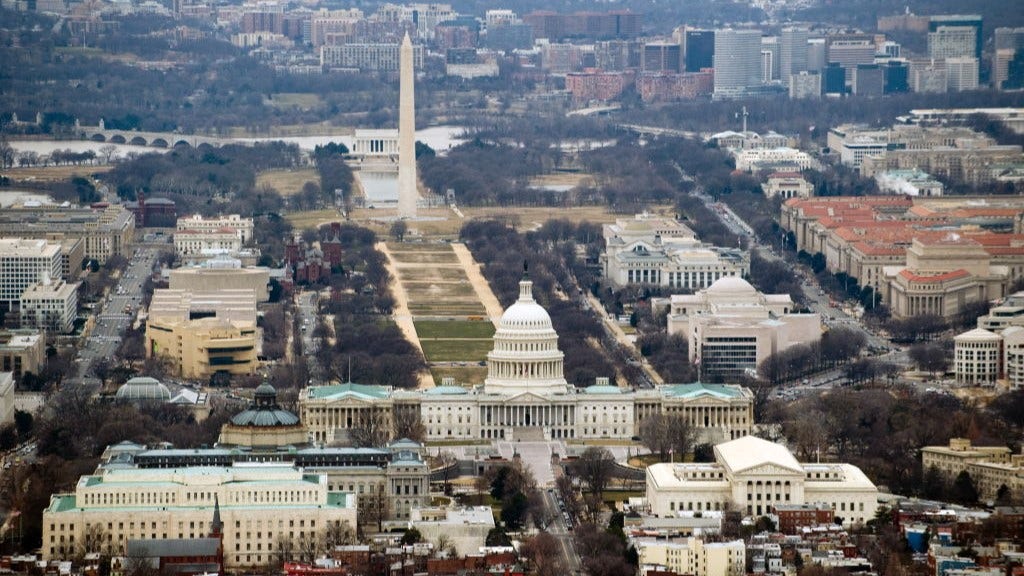POST FALLS – Investigators from the Idaho State Fire Marshal’s Office have revealed that the cause behind the devastating Parkway Fire, which has scorched approximately 80 acres just outside Post Falls, is an unattended campfire. The fire, which led to temporary evacuations of nearby residents, serves as a stark reminder of the imperative to exercise responsible fire management.
As of the latest report, the wildfire, previously responsible for the evacuation of local residents, has now been successfully contained to 50%. This encouraging development was achieved through the combined efforts of fire officials and personnel, who took advantage of favorable weather conditions to create a fireline and hose perimeter around the blaze. These significant strides have paved the way for a comprehensive mop-up operation in the forthcoming days.
Following two days of intensive air attacks, today saw a shift in strategy, with no aircraft deployed. Nonetheless, a team of 110 dedicated personnel remained steadfast in their efforts to quell the fire’s progress.
According to Parkway Fire incident commander Nate Rogers, the decisive use of air support on previous days played a pivotal role in safeguarding structures and facilitating ground-based containment efforts. Rogers noted, “The relief offered by the weather allowed us to strategically reassign these airborne resources to areas where their impact could be maximized for the benefit of North Idaho.”
Communities can breathe a sigh of relief as no structures have fallen victim to the blaze. Prioritizing the safety of citizens and firefighters, Rogers emphasized ongoing initiatives to eliminate hazard trees within the Post Falls Community Forest.
In response to a surge of social media alerts urging caution near Riverside Drive, alongside the closure of the Community Forest and Q’emiln Park by the vigilant Post Falls Police Department, officials have observed a significant decrease in traffic activity within the vicinity.
As a precautionary measure, authorities reiterate the need to exercise caution and avoid Riverside Drive, the Community Forest, and Q’emiln Park to ensure the safety of all concerned.
“The Parkway Fire had the potential to unleash a catastrophe, but thanks to the tireless dedication of our state, federal, and local partners, disaster was averted,” Rogers acknowledged. “We extend our heartfelt gratitude for their unwavering support.”
Among the collaborators who joined forces to combat the incident are:
– Avista Utilities
– City of Post Falls
– Idaho Department of Lands
– Idaho State Police
– Kootenai County 911 Dispatch Center
– Kootenai County Emergency Management
– Kootenai County Fire & Rescue
– Kootenai County Sheriff’s Office
– Post Falls Police Department
– Post Falls Highway District
– U.S. Forest Service
– Numerous dedicated individuals and businesses that generously volunteered their support
For more updates on the Parkway Fire, visit bigcountrynewsconnection.com or Follow Big Country News Connection on Facebook.
Additionally, you can view the exact location of the Parkway Fire on IDL’s Idaho Fire Map.























/cdn.vox-cdn.com/uploads/chorus_asset/file/24924653/236780_Google_AntiTrust_Trial_Custom_Art_CVirginia__0003_1.png)




/cdn.vox-cdn.com/uploads/chorus_asset/file/25672934/Metaphor_Key_Art_Horizontal.png)

